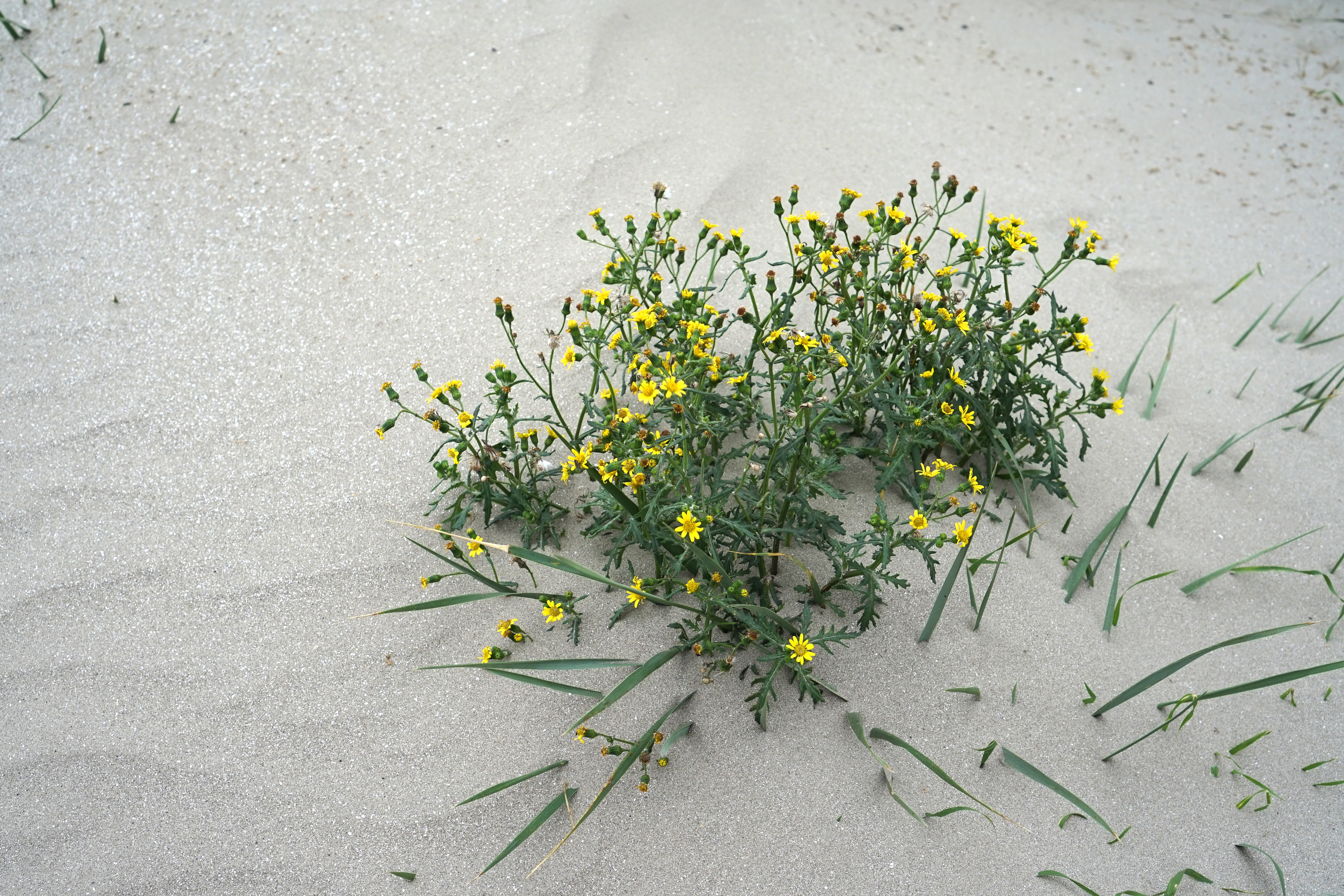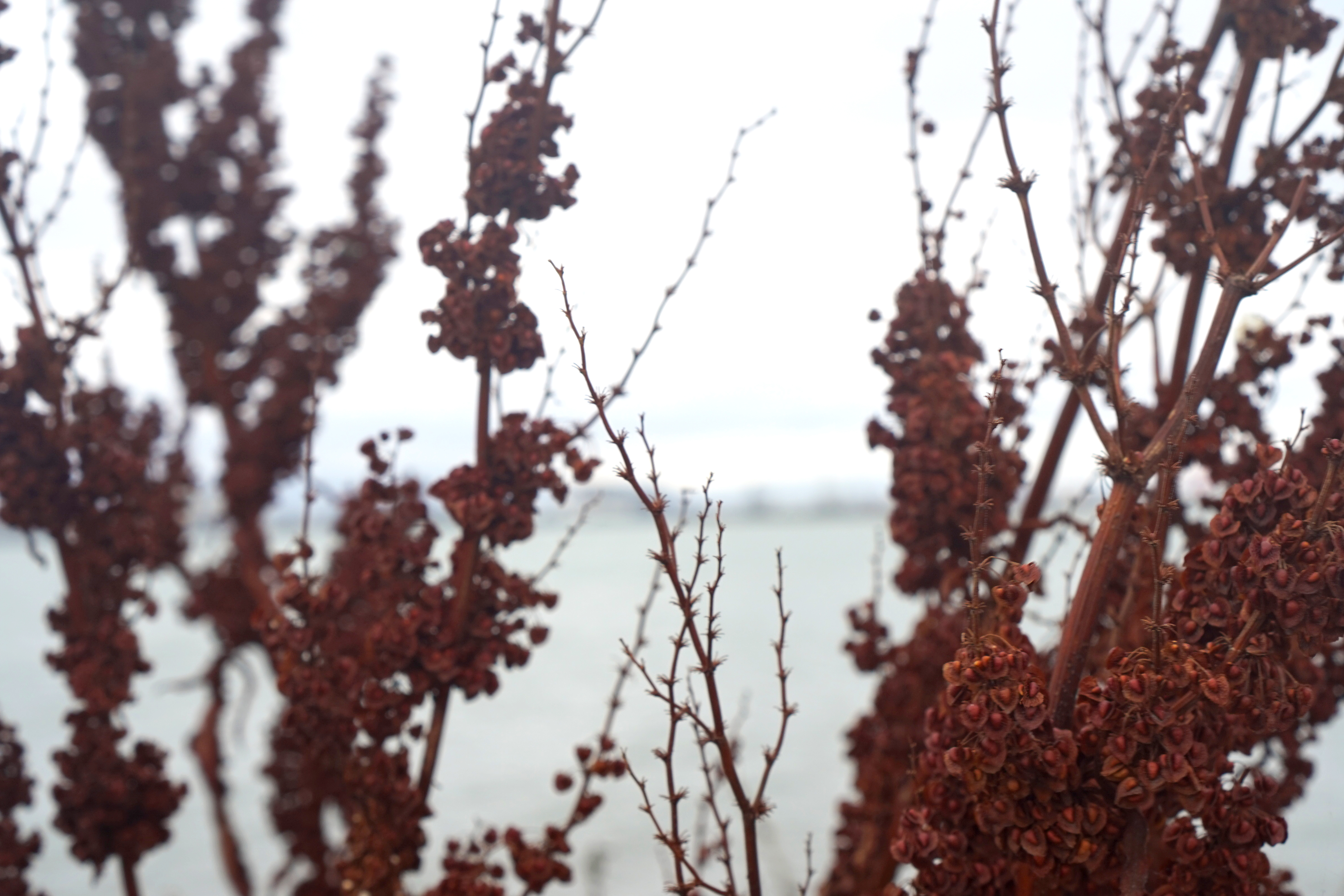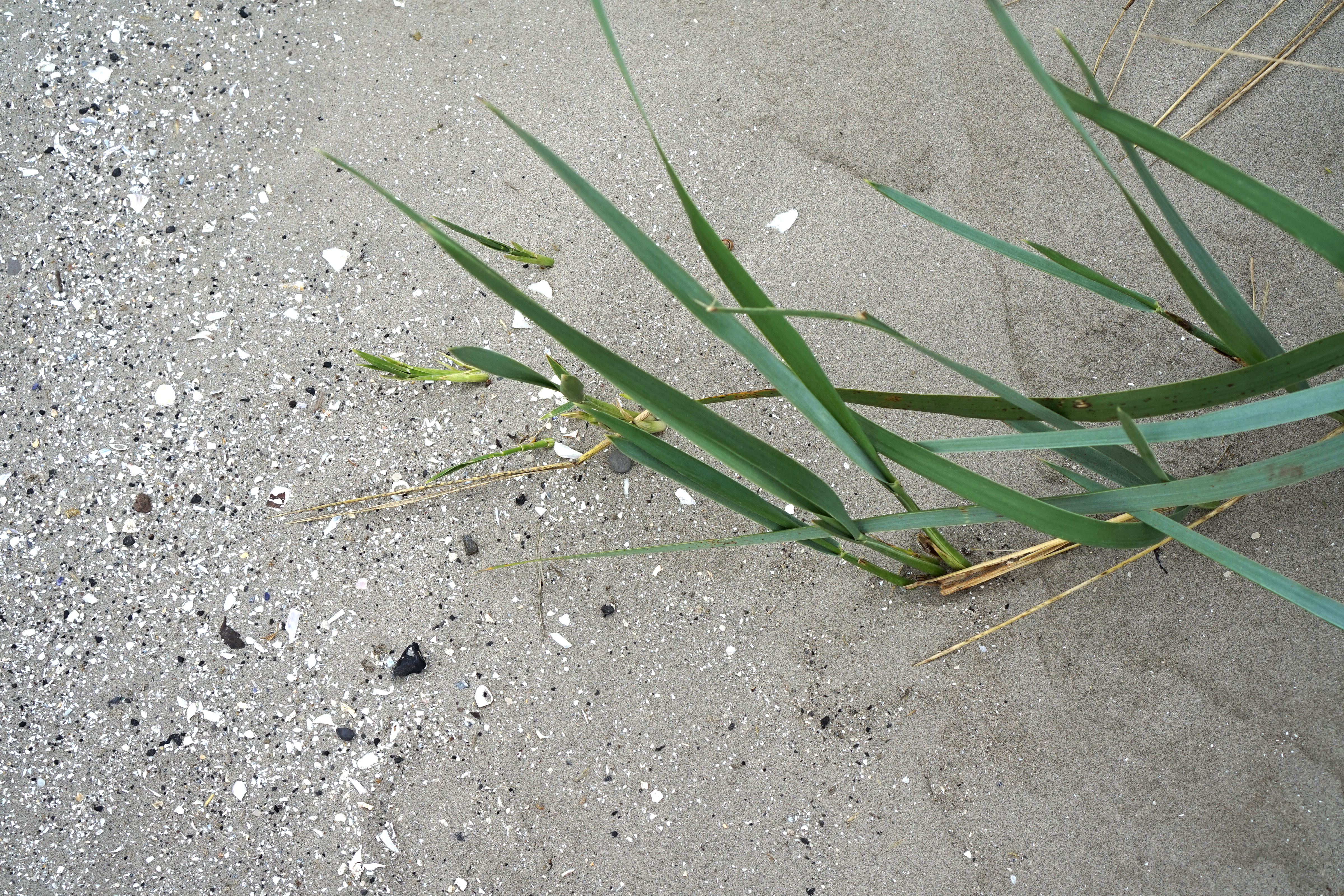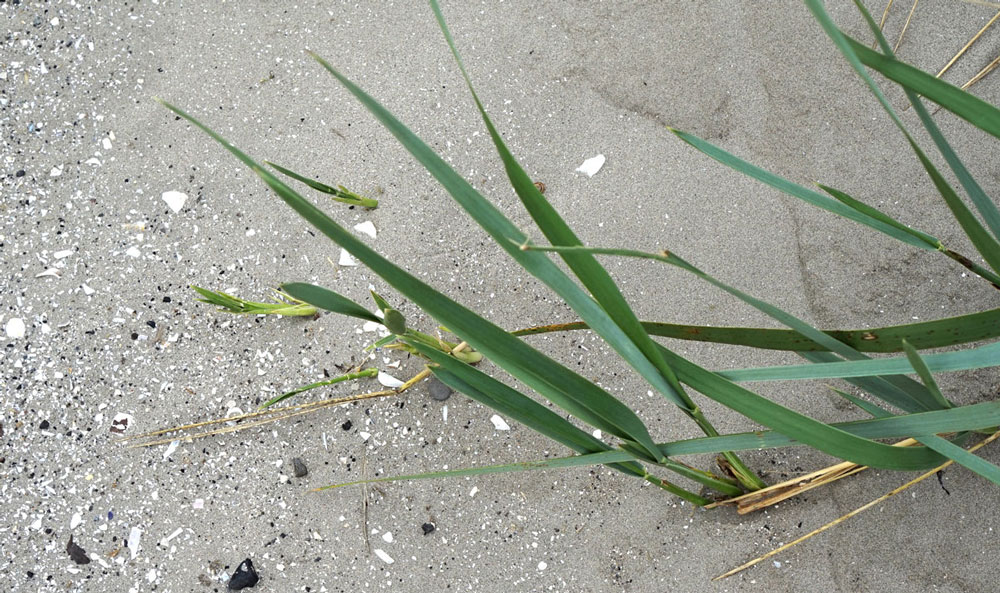1. Find Samples
Creating & Using a Field Kit
This recipe includes information on how to prep your filed kit and how to decide on a location when collecting plant material. We will cover: the collecting process, tools in the kit, what the kit does, and how you can use it.
TOOLKIT
Small scissors
Tweezers
Alcohol Wipes
Containers for holding samples (Pill box, Paper envelopes)
Trowel (for soil work / roots)
Old Toothbrush for sweeping away soil from roots
Black permanent marker
Masking tape
Gloves
A container for the toolkit (a briefcase)

INFORMATION HARVESTING
If possible, write down as much information about the plant and its sample when collecting it. You could include:
—Date
—Time
—What type of plant it came from
—Where on the plant
—What are its GPS co-ordinates

LEAF ADVICE
Wipe your scissor blades with an alcohol wipe and gently cut the leaf away from the stalk. Take the whole leaf from the plant and store in your container. Write information about the sample on masking tape and adhere to the container. (N.B take care not to remove new growth shoots from the tips. These shoots are responsible for encouraging growth by generating hormones, and by removing them you can harm the plant’s future growth.)
ROOT ADVICE
Follow the trunk or stalk of the plant down to ground level and, using your trowel, scrape back the soil until you reveal some root mass. Take the toothbrush and gently brush soil away from the plants roots until you can see them exposed, clean and pale. Wipe your scissors and tweezer tips with the alcohol wipe. Hold part of the root with the tweezers and cut it away from the rest of the plant with the scissors. Store in your container and label it. (Be careful not to remove too much soil and harm the plant. Make sure also to put the soil back over the roots once you take your sample)
BARK & OTHER SAMPLES
Other elements can be collected from plants and/or trees. Just make sure to minimise the amount of disruption to the plant, and to maintain an awareness of contamination. Bark is an important part of the trees strategy of protection from the elements and the world around it. So when taking samples, be careful not to go too deep, or to create large lesions on the surface of the wood. This can leave the plant open to infection or further damage from insects. If taking a woody sample, a splinter would be enough to examine the types of endophytes within.
_
Finally, always wipe your instruments with alcohol wipes before cutting the plant.

